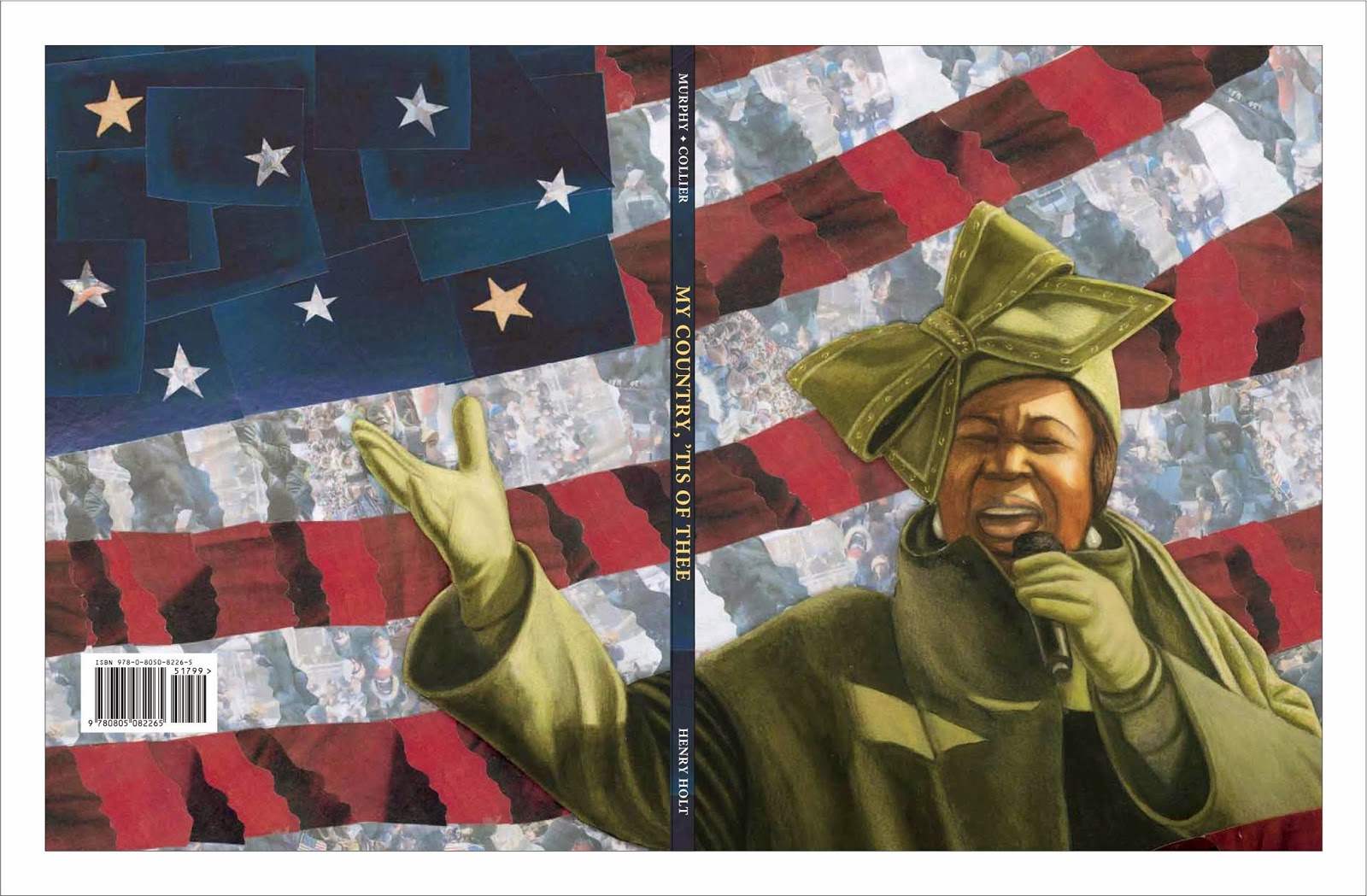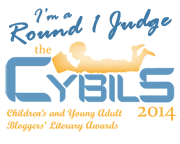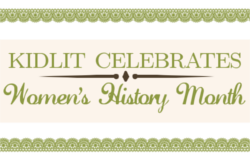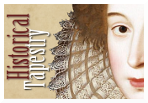My Country ‘Tis of Thee: Matching Subject to Style
 |
| Author Claire Rudolf Murphy |
Writing my new book My
Country ‘Tis of Thee: How One Song Tells the Story of Civil Rights taught
me a craft lesson that I am working to replicate again in other nonfiction
projects, matching subject to style. When writing for young readers, it is a
great challenge how to share one’s research in a style that connects with their
lives and brings clarity and enjoyment to new, complex subjects. Stephen J. Pyne’s
wonderful nonfiction craft book Voice and
Vision: A Guide to Writing History and Other Serious Nonfiction discusses
the importance of identifying a vision for one’s book and that finding the
right style and structure to carry it out.
For many years I had been conducting research on civil
rights activists throughout American history. I wanted to tell this larger
story that began when the colonists first began protesting against the English
taxes and continues today in areas like immigration and gay rights. But that is
a great deal of material to cover in one book. As Pyne says, “If you’re lucky you have an epiphany (on
what structure to use.) But if unlucky,
your manuscript crawls and sprawls and never comes together.”
For many years I had been researching people
of color and women who had fought for equal rights throughout our country’s
history. I wanted to write a collection of stories about them. But editors kept
saying the profiles were too dense, not riveting enough and wouldn’t connect
enough with younger readers. For several years my project sprawled
every which way, growing more unwieldy every week, with new activists and
events I had uncovered, but no structure to carry the load.
Until I was knee deep into research on the
women’s suffrage movement for my 2011 book Marching
With Aunt Susan: Susan B. Anthony and the Fight for Women’s Suffrage. I ran
across suffrage verses set to the song “My Country ‘Tis of Thee.” Like many
protest movements, the suffragists had written verses to well known tunes to
support their cause and sing at meetings and rallies. I’ve long known that music
can convince and connect with people in a way that words alone cannot.
When I found their verse (that ended up in Marching With Aunt Susan,) something clicked
in me. I had that epiphany Pyne talks about. I wondered - did other movements
use this same song to promote their cause? Some quick research uncovered several
examples. I found more and more, until I found my climax with Martin Luther
King, Jr. quoting the song in his “I Have a Dream” speech and the resolution of
Aretha Franklin singing the song at President Obama’s first inauguration.
I knew immediately that all my years of
research had brought me to this place where I could put this history together
for young readers in a format that would connect with them in an inventive way
because they already knew the melody. Everybody does. I knew immediately that I
had finally discovered the structure I needed, possibly the best structure I’ve
ever used in a nonfiction book. And it
brought double pleasure because it also tied into my love of music. Because I
had done all that research for so many years it allowed me to realize how this
song truly did represent the history of civil rights in our country. I wouldn’t
have realized how important these verses were if I didn’t already understand
the power and depth and breadth of protest throughout our country’s two hundred
plus years. Most of my research doesn’t appear in the book, but it holds up,
gives gravitas to the verses I feature, even if the reader doesn’t fully
understand it. They get it. And Bryan Collier’s stunning illustrations bring
these protest verses to life in a new way, too, for readers to pore over.
I am delighted that I end the book with the line: “Now it’s your turn. Write a verse for a
cause you believe in.” Because this invitation to young readers has become
the focus of my promotion as I help launch this book. With the support of my
publisher, I have started a contest, inviting students across the country to
submit new verses. I have books and posters to send to the winners.
Second graders in Spokane wrote this verse:
Schools should be bully-free,
Full of our honesty,
Friends should be kind.
Include us in your game,
Please treat us all the same,
Stop calling us those names,
Friends should be kind.
A 5th/6th grade class wrote this
one:
My country
‘tis of thee
So sad the
poverty
Homeless
abound
God keep
them in your sight
Help us
relieve their plight
Shelter them
for the night
New hope is
found
My hope is that teachers will grab onto this way to teach
history and music and use it as a writing activity in class. New verses can be
submitted on my web site and musical recordings of the verses can be found
there too.
Let freedom ring!
















